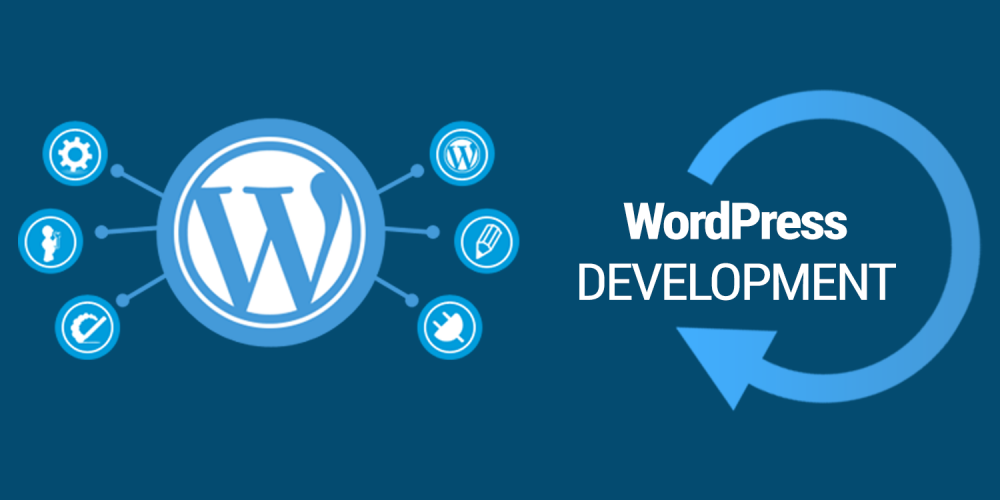Shopify QA/Testing: Ensuring Flawless Performance for Your Shopify Store
In the competitive world of eCommerce, a seamless user experience is crucial for the success of your Shopify store. One of the key aspects of delivering such an experience is rigorous testing and quality assurance (QA). At every stage of development, Shopify QA/testing ensures that your store performs flawlessly across all fronts, from functionality to security and beyond.
Understanding the Importance of Shopify QA/Testing
Shopify QA/testing is the process of systematically checking every aspect of your Shopify store to ensure it operates without any glitches. This includes functional testing, performance testing, security testing, and more. The goal is to identify and fix issues before they affect your customers.
Enhancing User Experience: A bug-free and fast-loading store significantly improves user experience, leading to higher conversion rates.
Boosting Customer Trust: A well-tested store demonstrates reliability, which builds customer trust and loyalty.
Preventing Revenue Loss: Undetected issues can lead to cart abandonment and loss of sales. Rigorous testing minimizes these risks.
Key Components of Shopify QA/Testing
1. Functional Testing
Purpose: Ensures that all features and functionalities of your Shopify store work as intended.
Scope: Includes testing the shopping cart, checkout process, payment gateways, and any custom features integrated into the store.
Outcome: Identifies any broken links, errors in product pages, or issues in the checkout process.
2. Performance Testing
Purpose: Assesses the speed, responsiveness, and scalability of your Shopify store.
Scope: Involves load testing to see how the store performs under heavy traffic and stress testing to find breaking points.
Outcome: Ensures that your store can handle peak traffic times without slowing down or crashing.
3. Security Testing
Purpose: Protects your store from vulnerabilities that could be exploited by hackers.
Scope: Includes testing for SQL injection, cross-site scripting (XSS), and other common security threats.
Outcome: Guarantees that customer data and transactions are secure, enhancing trust in your brand.
4. Usability Testing
Purpose: Ensures that your Shopify store is user-friendly and easy to navigate.
Scope: Focuses on the overall user experience, including the design, layout, and navigation of the site.
Outcome: Identifies any UX/UI issues that could hinder a user’s shopping experience.
5. Compatibility Testing
Purpose: Verifies that your Shopify store works smoothly across various devices, browsers, and operating systems.
Scope: Testing on different devices (mobile, tablet, desktop) and browsers (Chrome, Firefox, Safari, etc.).
Outcome: Ensures a consistent and seamless experience for all users, regardless of how they access your store.
Our Shopify QA/Testing Process
1. Planning and Strategy
We start by understanding your specific requirements and the key areas that need testing.
– A detailed testing plan is created, outlining the types of tests, tools to be used, and timelines.
2. Execution
– Our QA experts execute the testing plan, using both automated and manual testing methods.
– Any identified issues are documented and prioritized based on their impact on the user experience.
3. Reporting and Fixes
– A comprehensive report is generated, highlighting all the issues found during testing.
– Our development team works on fixing the identified issues, followed by retesting to ensure the fixes are successful.
4. Final Verification
– After all fixes, we conduct a final round of testing to ensure that the store is ready for launch.
– This includes a full regression test to verify that recent changes haven’t affected other parts of the store.
Conclusion
Investing in Shopify QA/testing is essential for maintaining a high-performing, secure, and user-friendly online store. By conducting thorough testing at every stage of development, you can ensure that your Shopify store not only meets but exceeds customer expectations. This rigorous process helps prevent costly errors, enhances user experience, and ultimately drives more sales.
FAQs
Q1: Why is Shopify QA/testing important?
A: Shopify QA/testing is crucial because it ensures that your store operates flawlessly, providing a seamless experience for users. It helps identify and fix potential issues before they impact customers, thus preventing revenue loss and enhancing customer satisfaction.
Q2: What types of testing are included in Shopify QA?
A: Shopify QA includes functional testing, performance testing, security testing, usability testing, and compatibility testing. Each type of testing focuses on different aspects of your store, from functionality to security.
**Q3: How often should QA/testing be performed on a Shopify store?**
A: QA/testing should be performed regularly, especially after any major updates or changes to the store. Routine testing ensures that new features or fixes don’t introduce new issues.
Q4: Can automated testing replace manual testing for Shopify stores?
A: While automated testing is efficient for repetitive tasks and large-scale tests, manual testing is still necessary for more complex scenarios, especially those involving user experience and interface design.
Q5: How long does the Shopify QA/testing process take?
A: The duration of the QA/testing process depends on the complexity of the store and the scope of testing required. A thorough QA process may take anywhere from a few days to several weeks.









